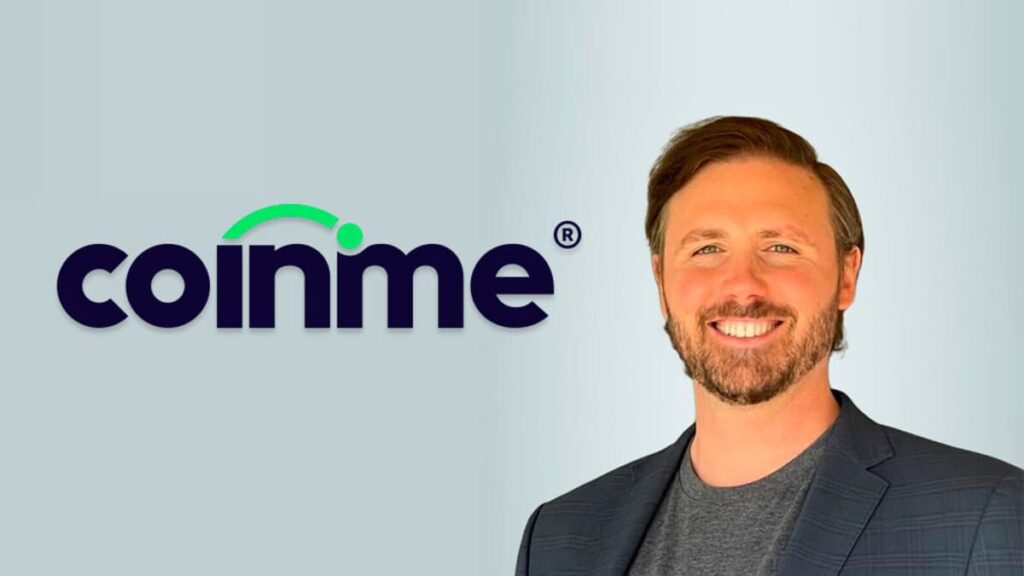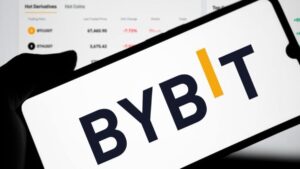Neil Bergquist, co-founder and CEO of crypto exchange Coinme, was a big believer in bitcoin ATMs before it was cool, launching the company’s first machine in crypto’s early days in 2013.
“Bitcoin ATMs are essential to the crypto economy,” wrote Bergquist in a recent op-ed. “They serve as an on-ramp for fiat (dollars) to enter the crypto ecosystem, accelerating crypto adoption and giving unbanked or underbanked consumers access to financial services. Some bitcoin ATMs offer the sale of crypto for cash, serving as a fiat off-ramp and offering fast access to money.”
Bergquist notes that there are currently just over 37,000 dedicated crypto ATMs worldwide, with 31,006 located in the United States alone. Coinme now operates the largest retail cryptocurrency exchange network globally, with over 40,000 locations where people can buy and sell digital assets using cash, many of which are existing Coinstar kiosks and Moneygram locations that can now act as bitcoin-to-cash exchanges using an API developed by Coinme. This extensive network positions the company at the forefront of the growing crypto ATM market, which, according to Bergquist, is projected to reach $16.85 billion by 2033.
Converting Crypto to Cash
One of the key advantages of bitcoin ATMs is their ability to serve as both an entry and exit point for the cryptocurrency ecosystem.
This two-way functionality addresses a significant barrier to cryptocurrency adoption: the perceived difficulty of converting digital assets back into traditional currency. For many potential users, the knowledge that they can quickly and easily exchange their crypto for cash could provide flexibility and a sense that they have access to their assets when they need them.
Bergquist noted that crypto can also facilitate fast cross-border transactions without the need for traditional banking intermediaries, potentially cutting down on transfer fees for those sending remittances from the U.S. to areas such as Latin America.
Despite the growing popularity of crypto, misconceptions persist. Bergquist addressed some of these in a recent interview, particularly the notion that digital currencies lack intrinsic value, or that they might be more susceptible to fluctuations in price.
But unlike fiat currencies such as the U.S. dollar or the Mexican peso, crypto has proven resilient to inflation and is often used as a store of value. And it continues to build a foundation of more widespread investor support.
“When people say that it’s not backed by anything, they’re frankly just wrong,” Bergquist says. “It might not be backed by things that you are traditionally familiar with. The dollar was backed by gold, but it’s not anymore. And so what is the dollar backed by? It’s backed by the U.S. government, specifically the brand of the U.S. government.”
He argues that bitcoin’s value stems from its community and the demand generated by that community. “Bitcoin is backed by its code and community. That community and enthusiasm is an asset. You can see the asset when you go to a conference. You can see it when you read online, you can see the asset of community when you talk to people on the streets.”
B2B Opportunities
For retailers and financial services providers, bitcoin ATMs and an easy-to-use cash-to-crypto interface could be a potentially lucrative opportunity.
“Retailers can earn rent on hosted ATMs and drive additional foot traffic to locations,” explained Bergquist. “Alternative arrangements allow retailers to receive a percentage of each transaction fee.
“Customers who purchase crypto at ATMs will likely make return visits and buy other items,” he continued. “In this way, they create a win-win partnership between the retailer and the bitcoin ATM operator.”
Bergquist sees a continued role for bitcoin ATMs in the crypto ecosystem, even as digital payment methods become more prevalent. He noted that cash still accounts for more than 18% of all transactions in the United States.
In the op-ed, however, he acknowledged that the high costs associated with operating bitcoin ATMs could lead to changes in the industry. “Hardware, retailer rent, software, cash logistics and servicing, among other things, can make building and operating a profitable bitcoin ATM very expensive,” he said. “It can be more cost-effective to crypto-enable existing ATMs and kiosks to let people exchange crypto with cash.”
But Bergquist remains optimistic about the future of new and better ways to access crypto.
“We’re still in the early stages of seeing these digital currency use cases come to market and be integrated into everyone’s financial life,” he explained in the interview. “We’re seeing a shift to self-custody where people hold their own keys. As platforms become more secure, people could be able to have a user experience like trading on a centralized exchange, but leveraging the benefits of having your own USB drive or private key that you are in control of.”
He also highlights the growing interest from younger investors. “There’s a lot of great data and research out there that shows how individuals roughly under the age of 40 are more excited and likely to invest in crypto as opposed to stocks or bonds.”
Banks have been taking notice of this trend but are constrained by regulatory uncertainty. “Data like that makes banks want to participate, but the regulation isn’t there and it’s not supportive,” says Bergquist.
“When you deal with companies that are worth more than a billion dollars and already have a good thing going, they’re less likely to take a potentially unnecessary risk. They want to see more clarity around how it might be regulated because exposing themselves to the unknown.”
Ultimately, Coinme’s cash-to-crypto ATMs and APIs could play a role in connecting the growing enthusiasm for crypto, the maintained reliance on cash for many Americans, and the security and infrastructure of the broader financial ecosystem.
“We’re able to provide payment rails where someone can actually be on a website or in an app and be able to actually purchase a token,” says Bergquist. “Whereas if you’re a token project or a company that launches a token, what do you do with it? You’re not licensed or regulated or have the infrastructure to be able to enable the exchange of it, which is another way of saying the integration of it into an existing financial system.
“There’s several use cases and opportunities in crypto. We see ourselves as having all the ingredients to enable partners to make whatever amazing dish they want to create for their customers.”










